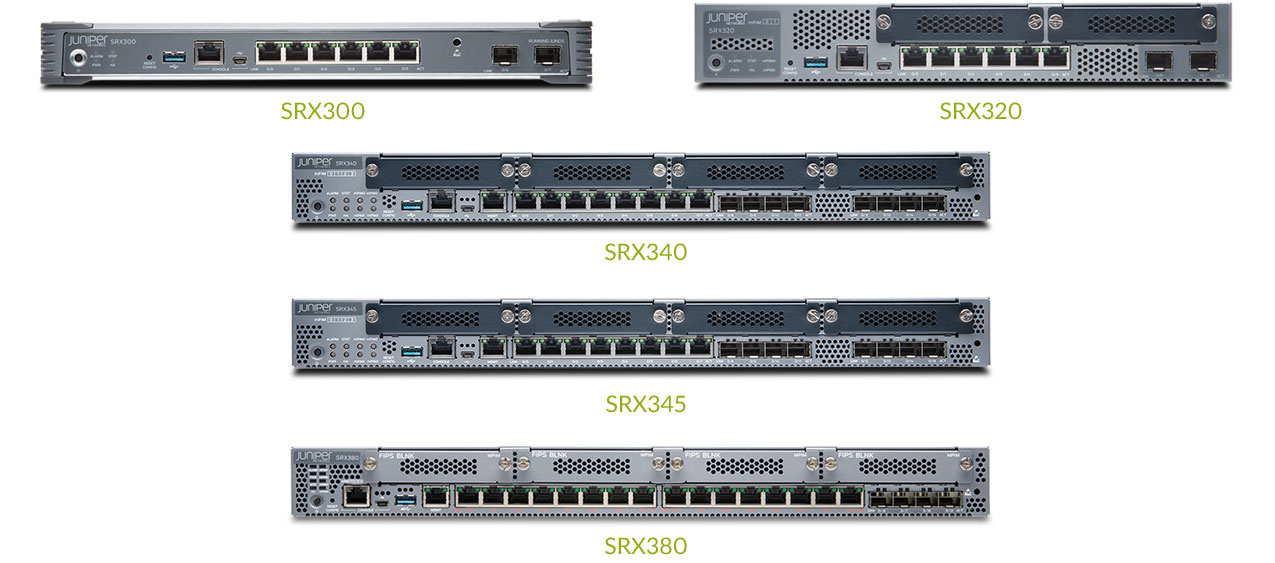
This corruption can then lead to jdhcpd crash and restart. In a scenario where DHCP relay or local server is configured the problem can be triggered if a DHCPv4 packet with specific options is received leading to a corruption of the options read from the packet. To load CAP configuration refer to Reset Button manual.A Improper Validation of Specified Index, Position, or Offset in Input vulnerability in the Juniper DHCP daemon (jdhcpd) of Juniper Networks Junos OS allows an adjacent unauthenticated attacker to cause a crash of jdhcpd and thereby a Denial of Service (DoS). All other Ethernet interfaces are bridged and wlan1 is set to be managed by CAPsMAN.

When CAP default configuration is loaded, ether1 is considered a management port with DHCP client configured. This type of configuration is used when a device needs to be used as a wireless client device controlled by CAPsMAN. When no specific configuration is found, IP address 192.168.88.1/24 is set on ether1, or combo1, or sfp1. All ethernet ports are added to switch group and default IP address 192.168.88.1/24 is set on master port. This configuration utilizes switch chip features to configure a basic switch. If the device is connected to the network with enabled DHCP server, configured DHCP client configured on the bridge interface will get the IP address, that can be used to access the router. The router can be accessed directly using MAC address. The configuration is the same as PTP Bridge in AP mode, except that wireless mode is set to ap_bridge for PTMP setups.

For CPE wireless interface is set in "station-bridge" mode, for AP "bridge" mode is used. There are two possible options - as CPE and as AP. Default IP address 192.168.88.1/24 is set on the bridge interface. In the case of dual-band routers, one wireless is configured as 5 GHz access point and other as 2.4 GHz access point.īridged Ethernet with a wireless interface. Other Ethernet ports and wireless interfaces are added to the local LAN bridge with 192.168.88.1/24 address set and configured DHCP server. This type of configuration is applied to home access point routers to be used straight out of the box without additional configuration (except router passwords and wireless keys)įirst Ethernet is always configured as WAN port (protected by a firewall, enabled DHCP client and disabled MAC connection/discovery). Wireless is configured as an access point and bridged with all available Ethernet ports. IP address on WAN port is acquired automatically. LTE interface is considered a WAN port protected by firewall and MAC discovery/connection disabled. This configuration type is applied to routers that have both LTE and wireless interfaces. List of routers using this type of configuration: WAN port has configured DHCP client, is protected by IP firewall and MAC discovery/connection is disabled. In this type of configurations, the router is configured as a wireless client device.

You can run the command /system default-configuration print to see exact applied default configuration commands. There are several different configurations depending on board type: All MikroTik devices come with some kind of default configuration.


 0 kommentar(er)
0 kommentar(er)
